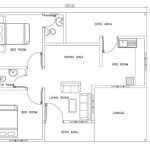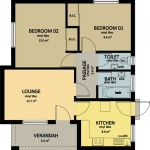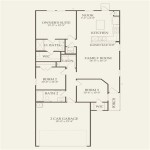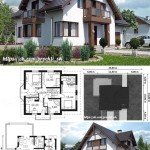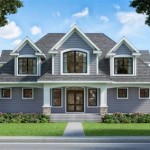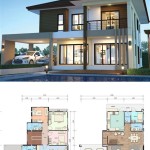House Addition Plans: Two-Story Expansions for Enhanced Living
Adding a second story to your existing house presents a fantastic opportunity to increase square footage, create new spaces, and enhance the overall functionality of your home. A two-story addition can provide a versatile solution for expanding living areas, adding bedrooms, bathrooms, or even dedicated home offices. This article will delve into the crucial considerations and planning aspects of two-story house addition plans, equipping you with the knowledge to embark on this significant home improvement project.
1. Design and Functionality
The initial step in planning a two-story addition involves conceptualizing its purpose and design. Determine the specific needs and desires you aim to address through this expansion. Will it accommodate a growing family, provide dedicated space for hobbies, offer a guest suite, or create a more expansive living area? Clearly defined goals will guide the design process and ensure the addition complements your existing home's style and functionality.
Consider the spatial flow of the new addition. Will it seamlessly integrate with the original structure? Will it create a unique and distinct area? Evaluate the existing layout of your house and identify potential challenges or opportunities in connecting the addition to the main living areas. This careful consideration will optimize the overall functionality and aesthetic appeal of the expanded home.
2. Structural Considerations
Adding a second story significantly impacts the structural integrity of your existing house. A thorough structural evaluation by a qualified engineer is essential before proceeding. This assessment will determine the load-bearing capacity of your foundation, walls, and roof. It will also identify any necessary modifications, such as reinforcing beams, adding support columns, or upgrading the foundation to accommodate the increased weight.
The design of the addition must align with the structural integrity of the existing house. The chosen building materials should complement the existing construction and ensure adequate support for the second story. The engineer will provide detailed plans and specifications outlining the necessary structural modifications, ensuring the safety and stability of the entire home.
3. Building Codes and Permits
Navigating building codes and permitting procedures is crucial for a successful two-story addition project. Contact your local building department to obtain information on relevant codes and regulations. These regulations will dictate aspects such as the required setbacks, building materials, fire safety standards, and energy efficiency requirements. It is essential to understand and comply with these regulations throughout the planning and construction phases.
Obtain the necessary permits before starting any construction work. These permits ensure that your project meets the required standards and legal requirements. Failure to comply with building codes and permitting procedures can result in delays, fines, and even demolition. Seek guidance from your architect or contractor to navigate the complex process of obtaining the required permits.
4. Budget and Timeline
Developing a realistic budget and timeline for the two-story addition is paramount. Thoroughly estimate the costs associated with materials, labor, permits, engineering fees, and potential unforeseen expenses. Consider the complexity of the project, the availability of skilled labor, and the potential impact of seasonal weather conditions.
Establish a detailed project timeline outlining the completion date for each stage of the project. This helps track progress, identify potential delays, and manage resources effectively. Maintain open communication with your contractor and architect to ensure that the project stays on track and within budget. Regular communication and detailed planning are key to minimizing surprises and ensuring a smooth project execution.
5. Architectural Considerations
Blending the addition's design with the existing architecture is crucial for a harmonious and aesthetically pleasing outcome. Consider the style of your existing home and choose an architectural design that complements its character. The addition should flow naturally with the existing structure, creating a cohesive and visually appealing whole.
The selection of exterior materials, such as siding, roofing, and windows, should align with the existing house. This consistency ensures a cohesive and aesthetically pleasing appearance. Pay attention to the details in the design, such as the placement of windows, doors, and balconies. These elements can enhance the visual appeal and functionality of the addition, contributing to a well-integrated and beautiful home.

Second Story Additions Plans Found On Davisframe Com Home Addition Floor Ranch

Two Story Addition Home Plans Exterior Remodel Additions

Portland Model Hs104 A Second Floor Plan Home Addition Plans Bedroom

Add A Floor Convert Single Story Houses Home Addition Plans Bedroom House Second

Hs101a Second Floor Gif 505 421 Story Addition Small House Additions Two Modular Homes

Cost Vs Value Project Two Story Addition Remodeling

Sample Small Two Story Addition Pegasus Design To Build

Pin On Home Ideas
Cost To Design And Build A Second Floor Addition In Berkeley New Avenue Homes

Two Story Home Extension 360 Sq Ft


